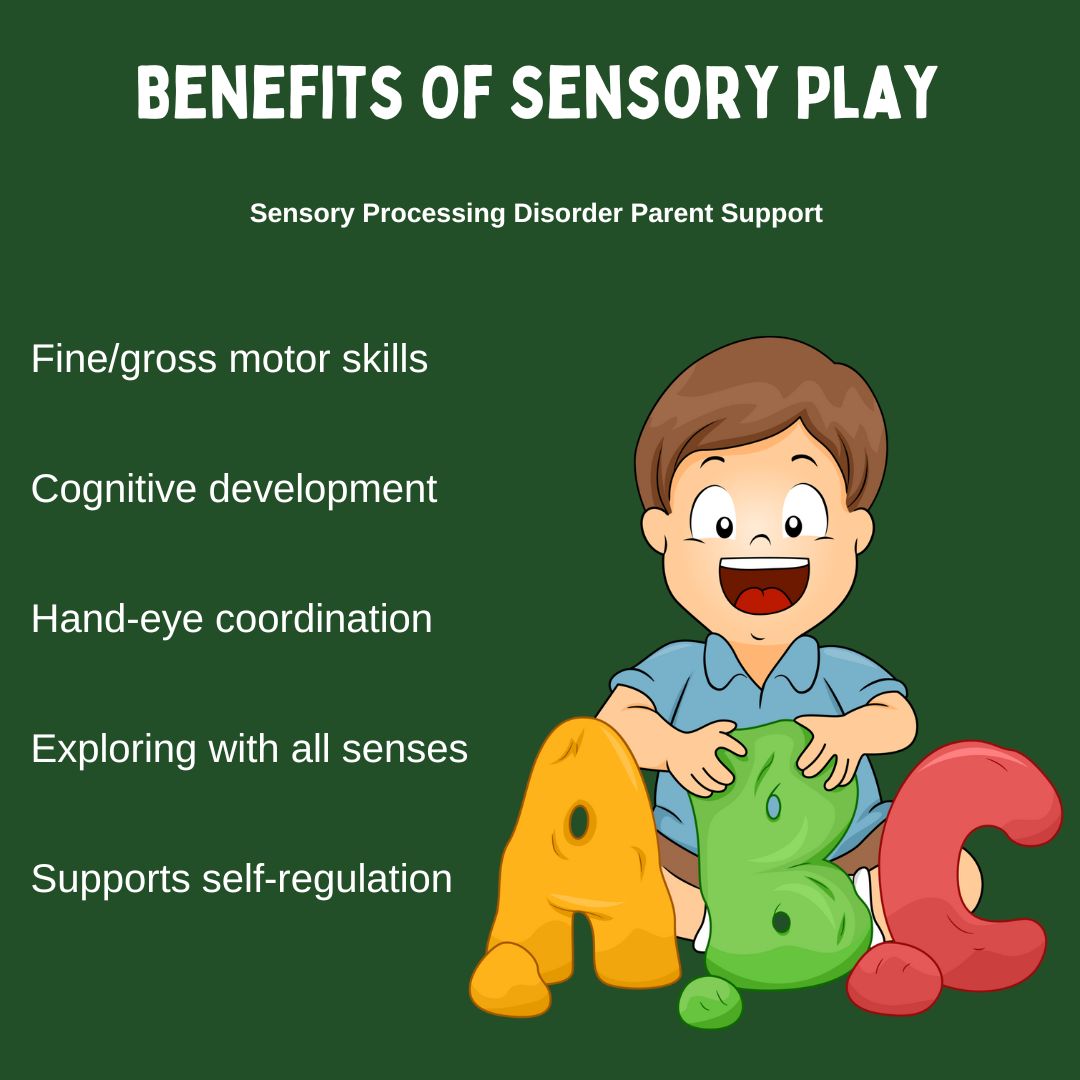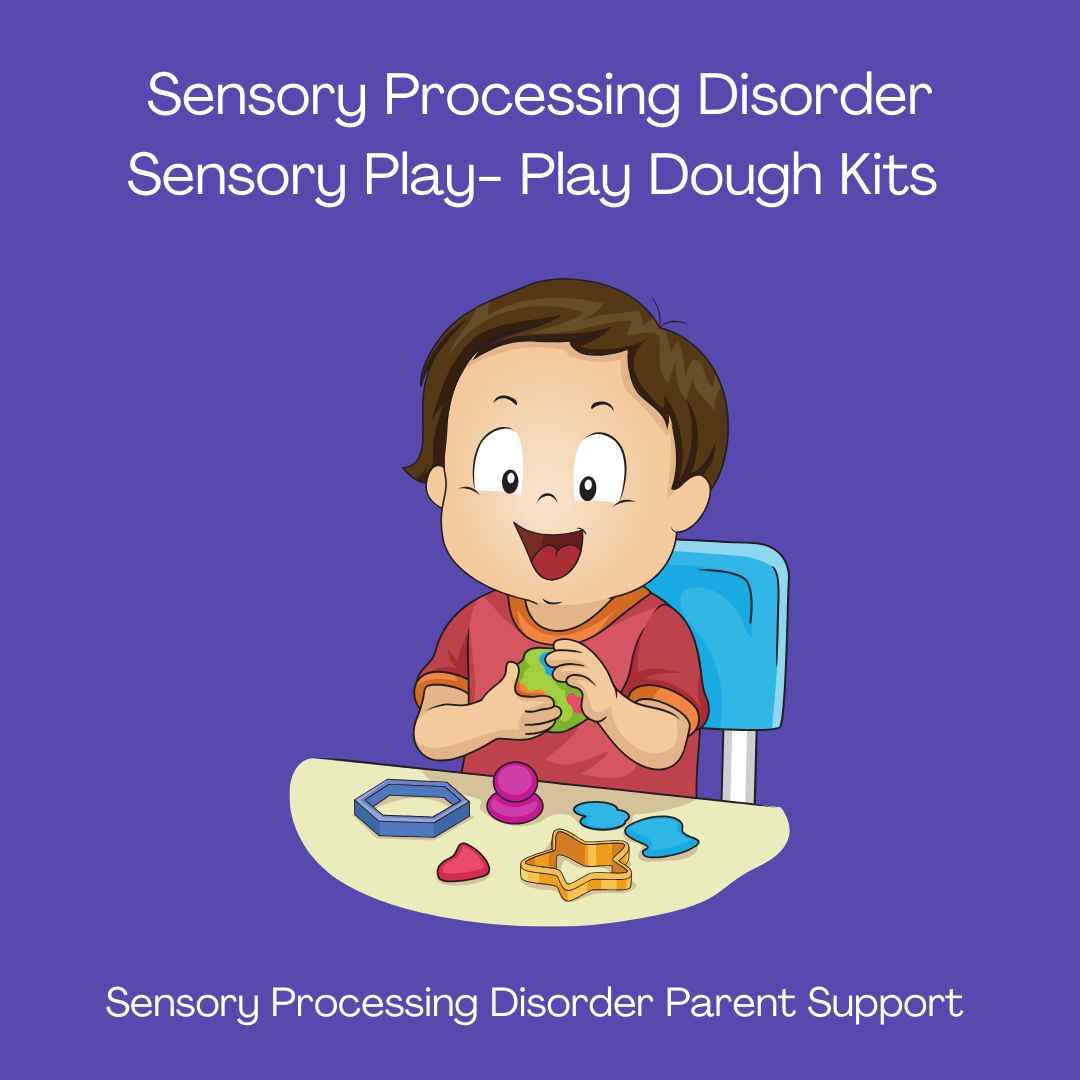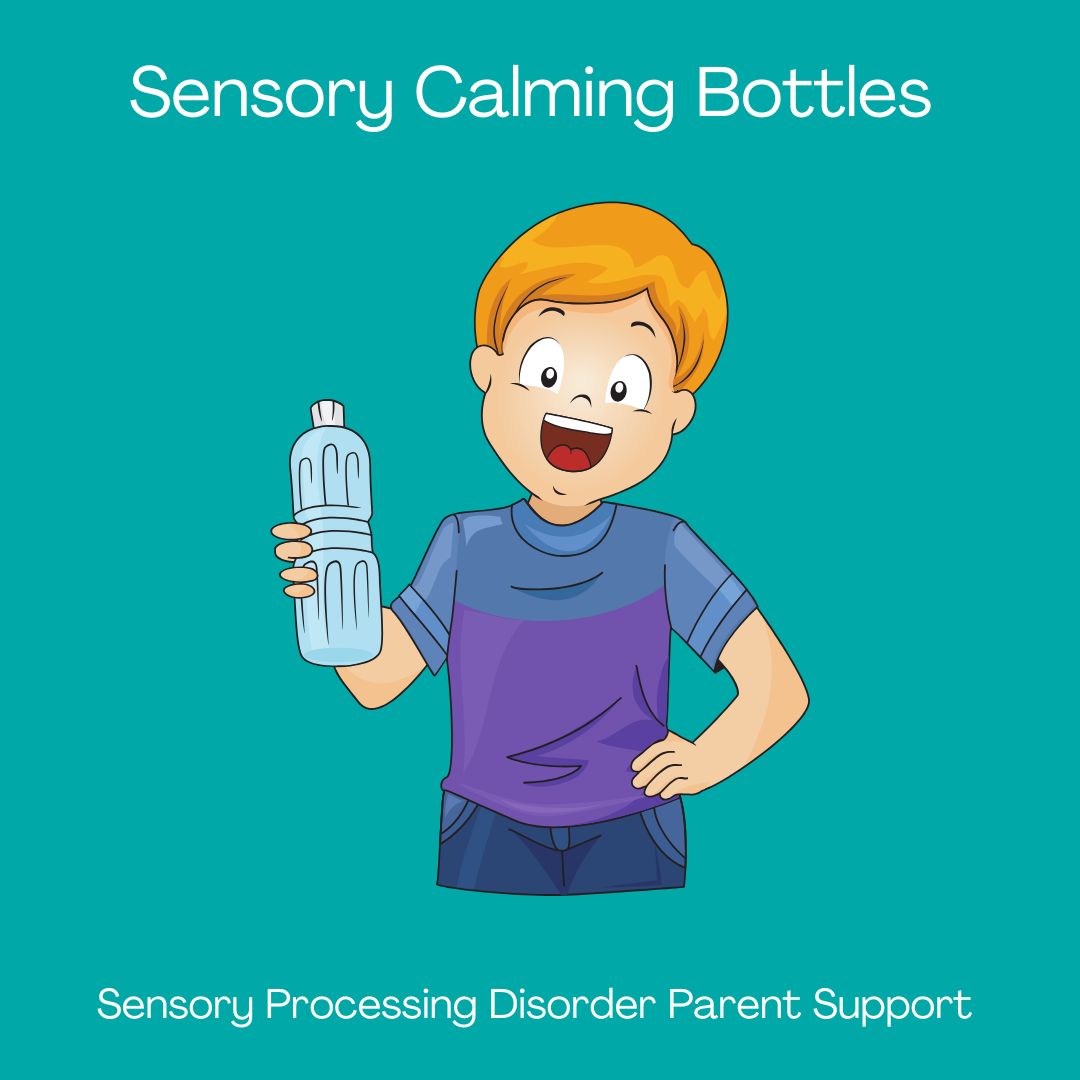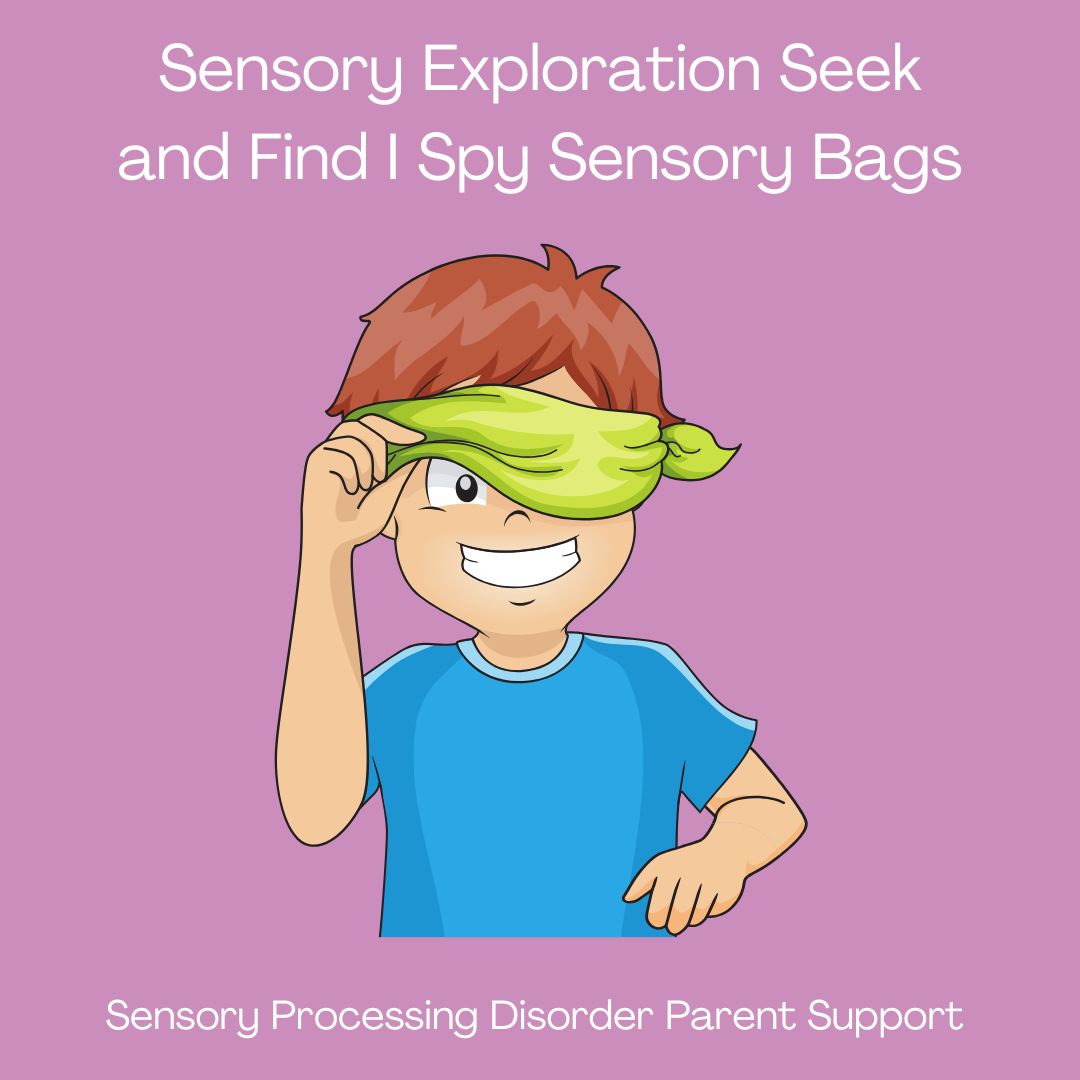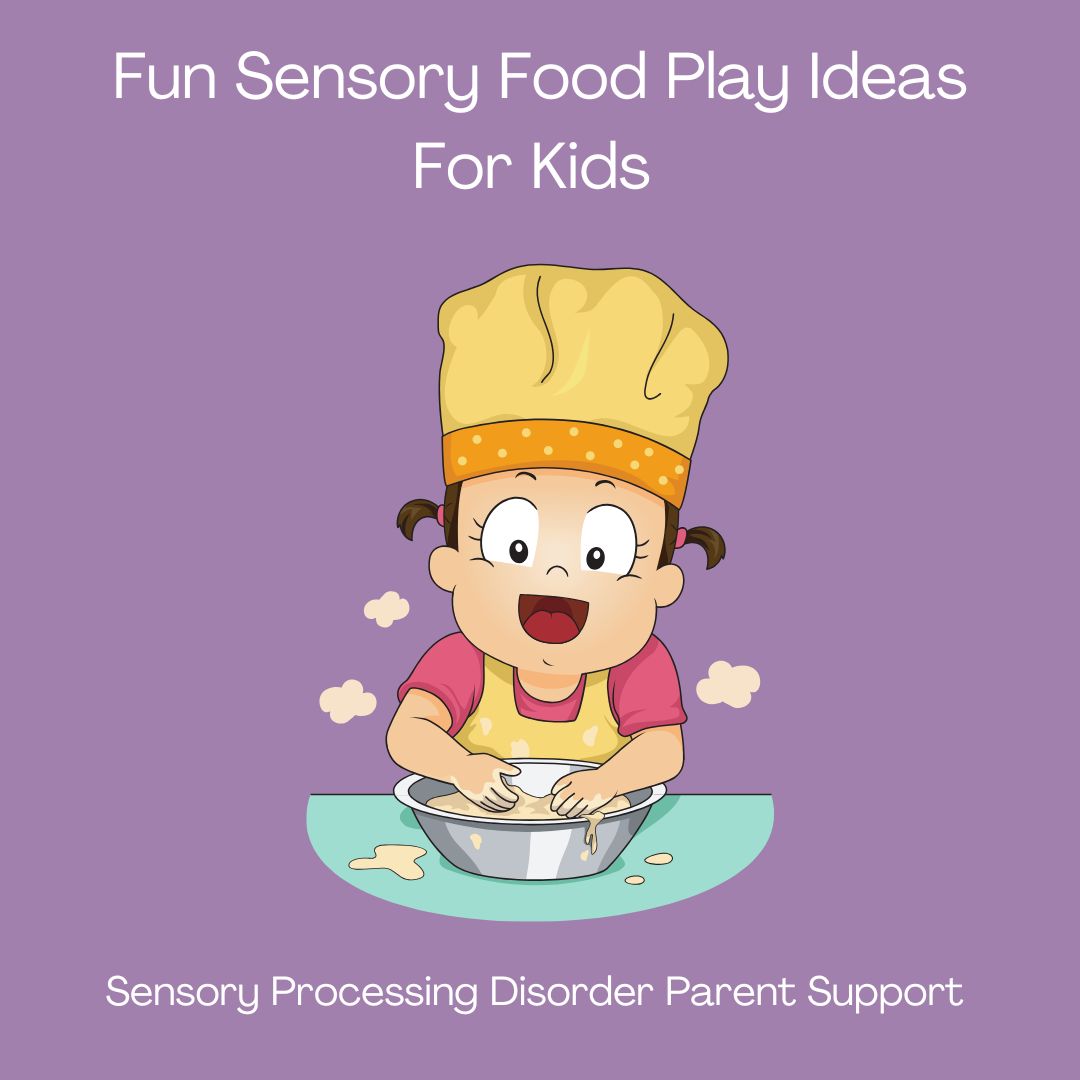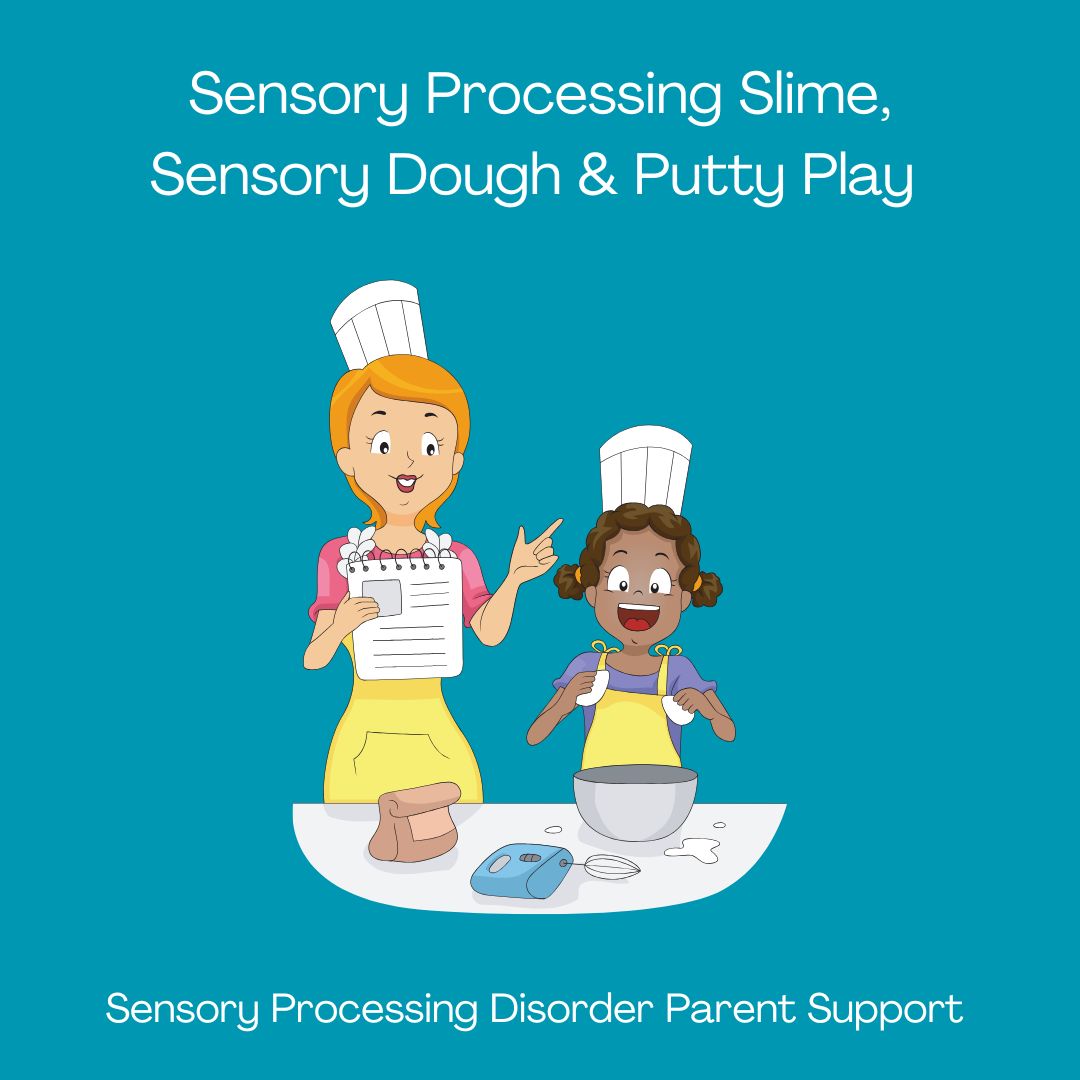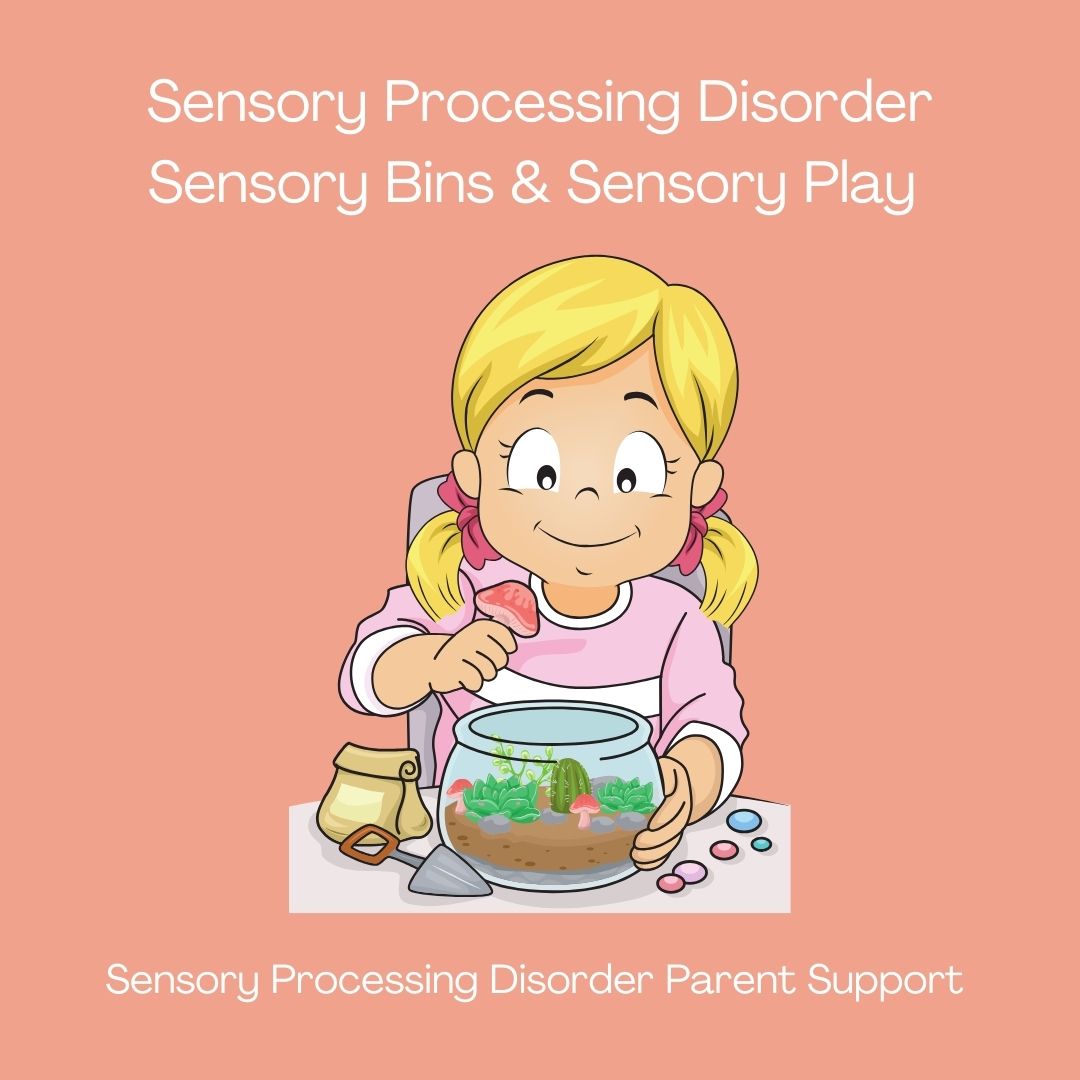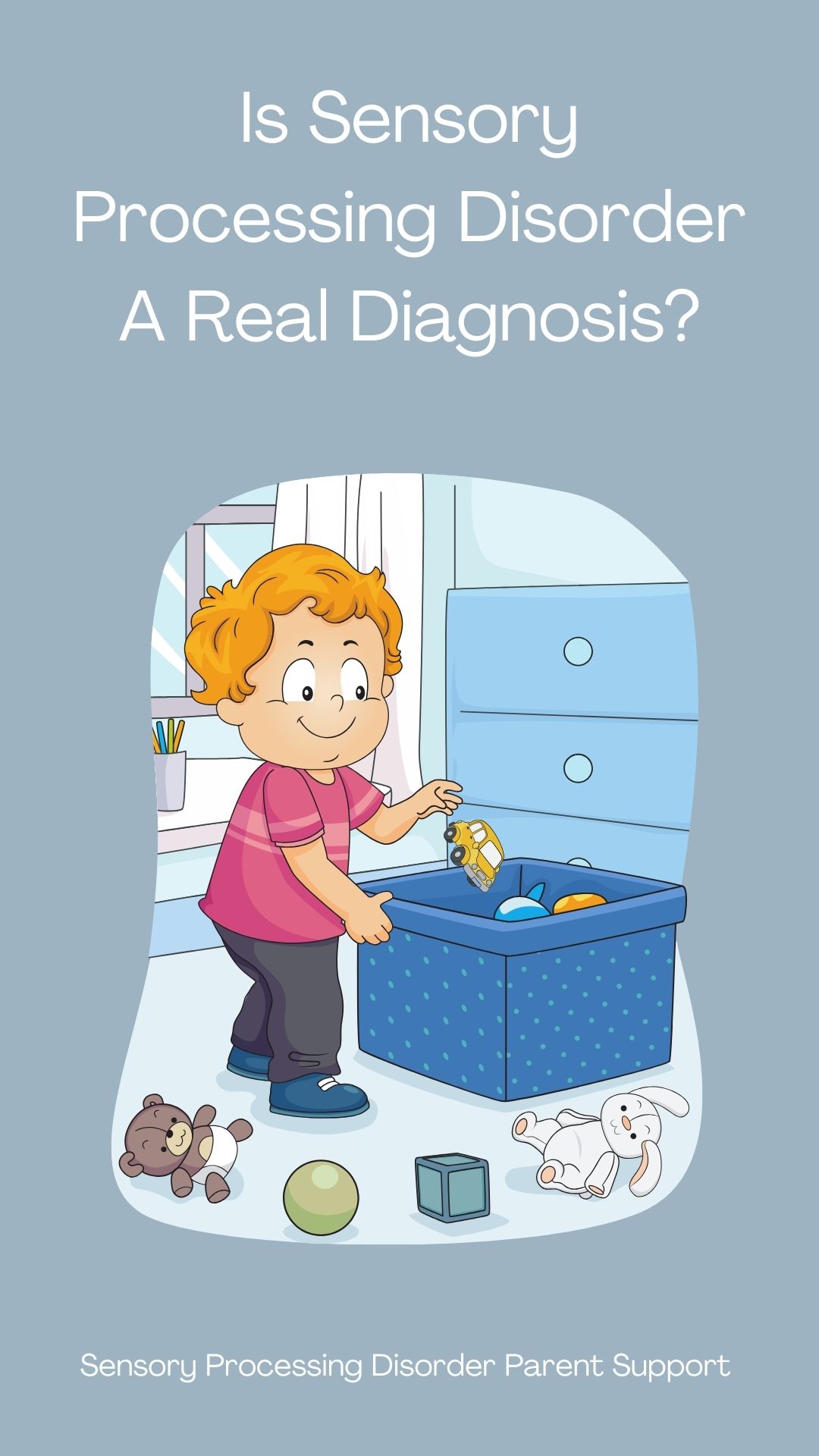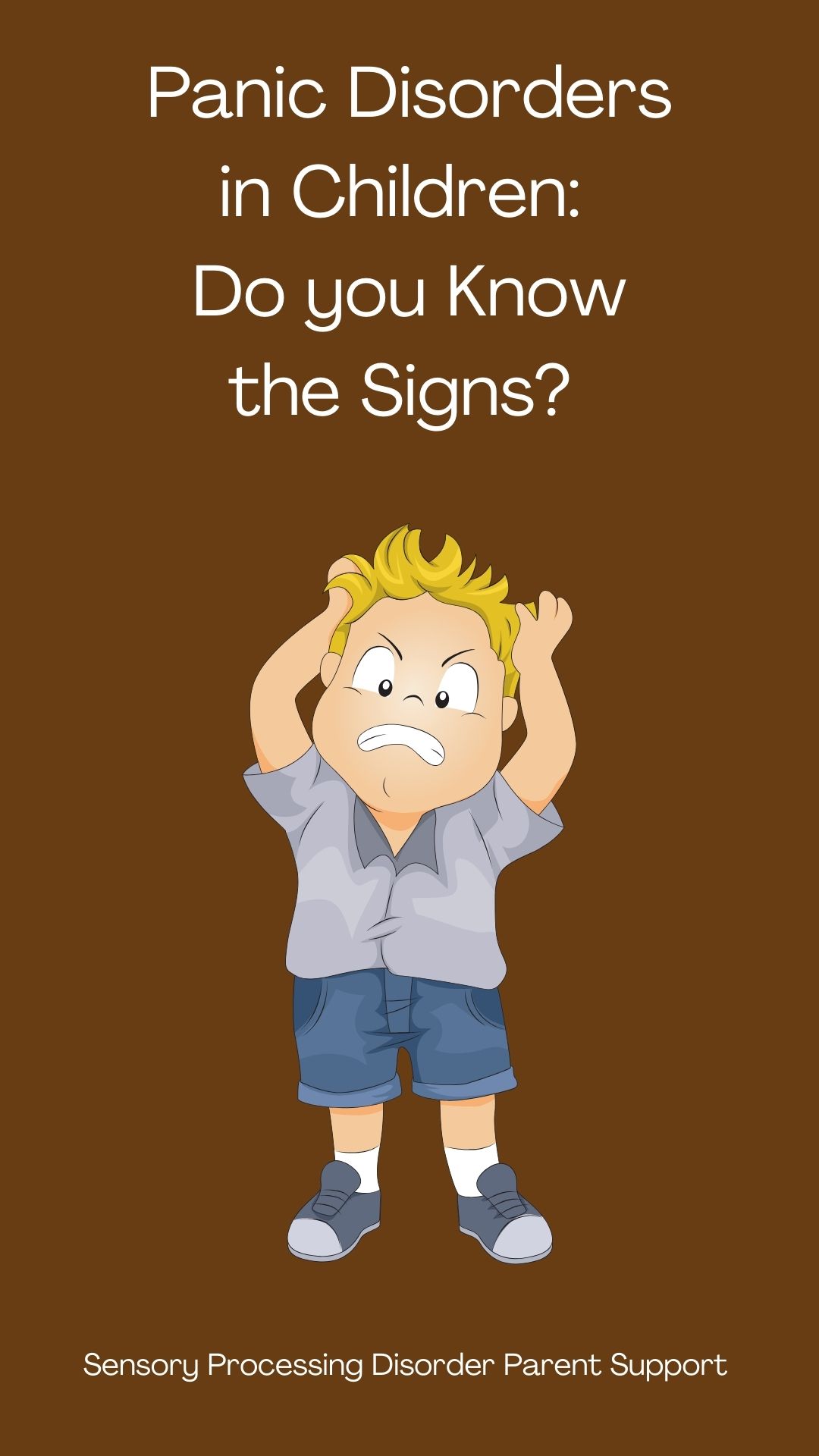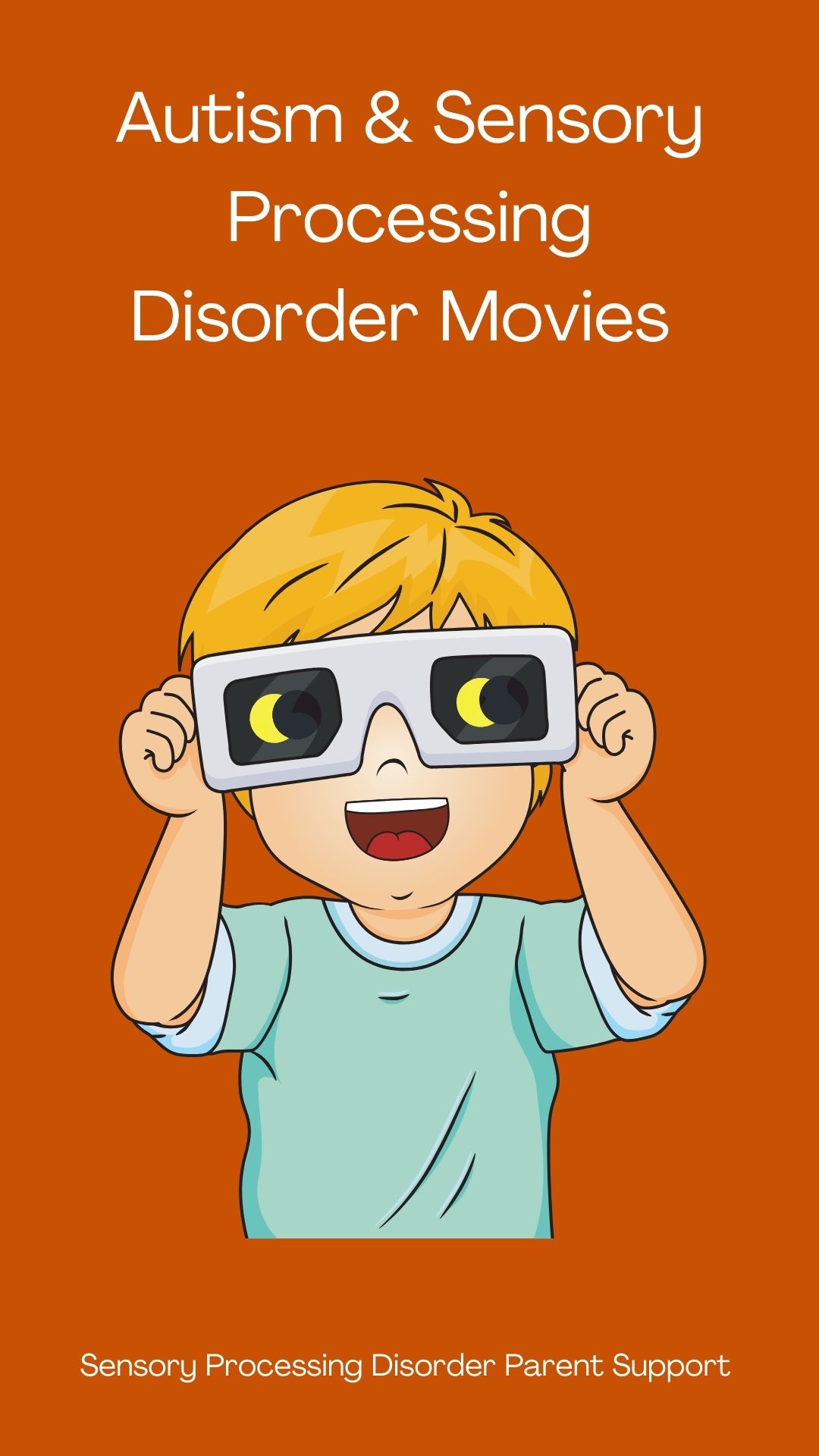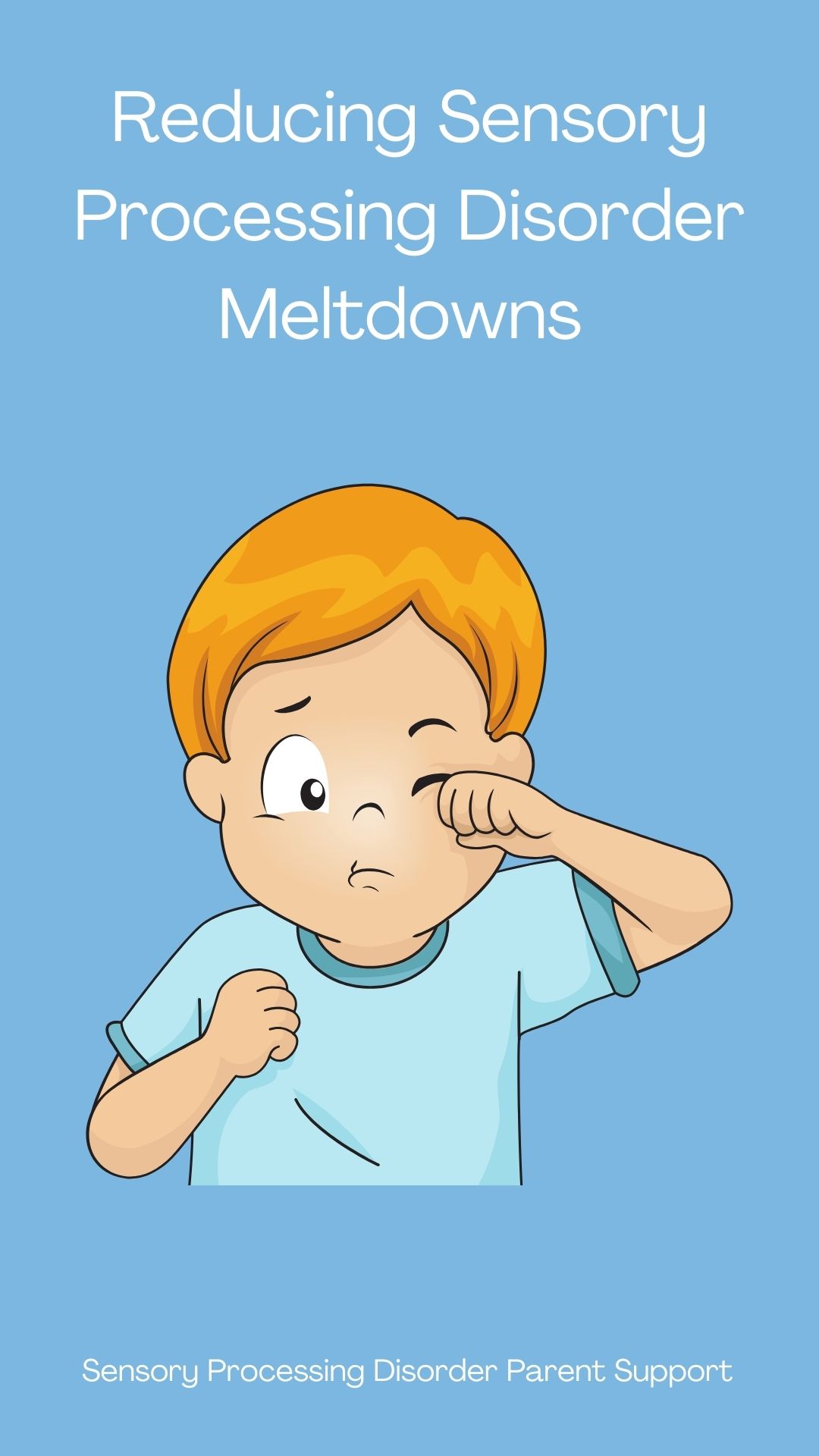
Sensory Processing Disorder Parent Support
Sensory Play for Sensory Processing
Children with sensory differences ... painting the world beautiful.
Sensory Play for Sensory Processing
Jeanette Loftus
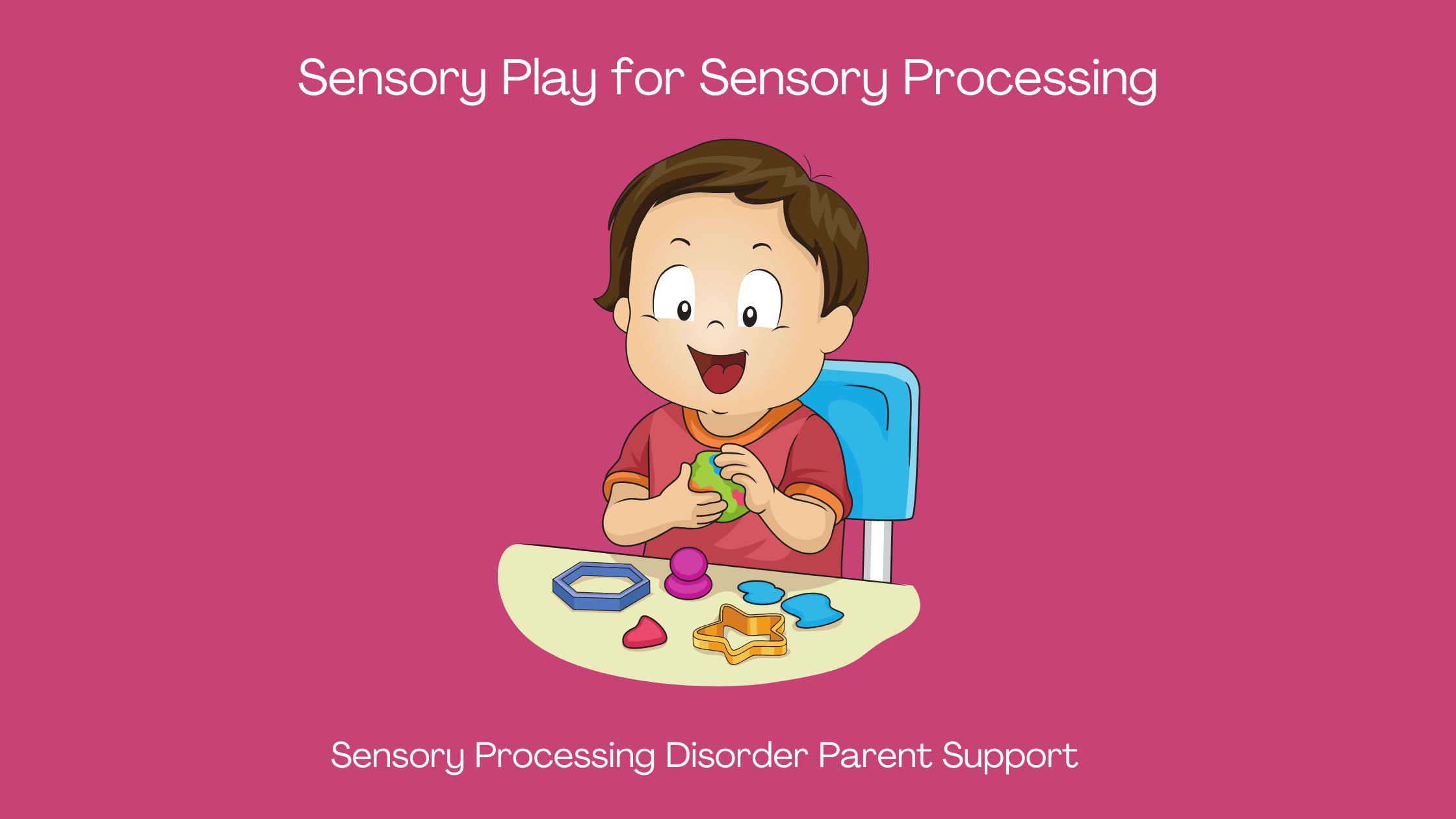
Sensory play involves engaging in activities that stimulate the senses and can provide numerous benefits for those with sensory processing disorder. Tactile sensory input is touch to the skin. Tactile defensiveness is the type of sensory dysfunction when tactile sensations cause hypersensitivity, emotional responses and behavioral issues.
